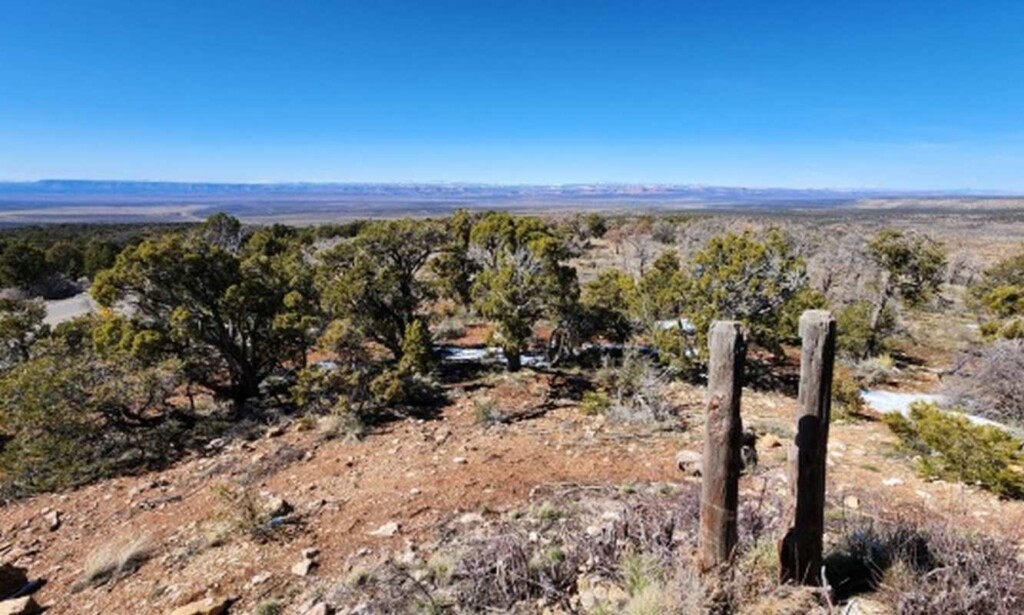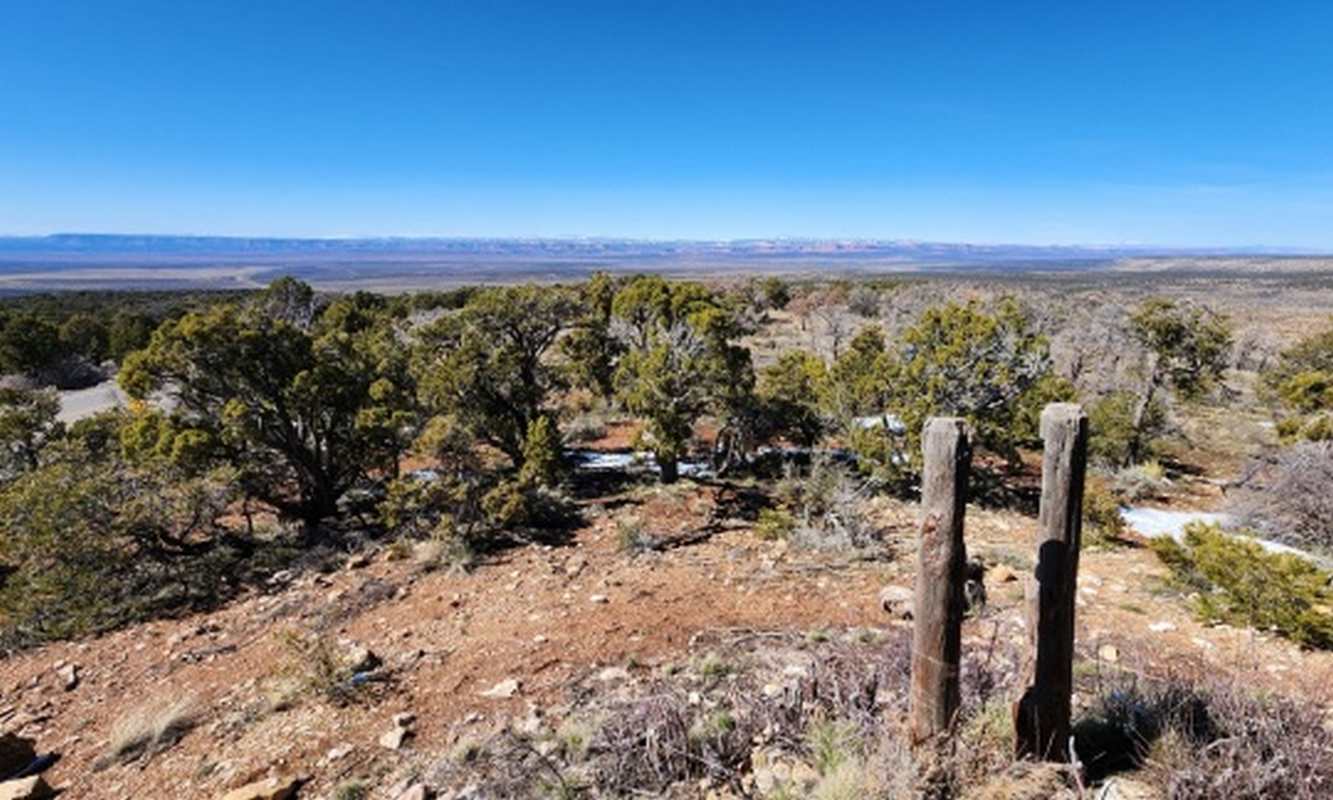
1 million acres of public land to the north, south, and northeast, of Grand Canyon National Park have officially been turned into a national monument after lobbying efforts by Arizona tribal nations.
In English, it is to be called Ancestral Footprints of the Grand Canyon National Monument, based on the translations of the proposed name by the Havasupai and Hopi nations of Baaj Nwaavjo I’tah Kukveni, which means “where our ancestors roamed.”
The new monument protects thousands of cultural and sacred sites—places of natural beauty like spring-fed waterfalls, or Gray Mountain, called Dziłbeeh by the Navajo, which are precious to tribal nations in the Southwest.
The twelve tribes that joined together as part of the lobbying effort included the Havasupai Tribe, Hopi Tribe, Hualapai Tribe, Navajo Nation, Yavapai-Apache Nation, Pueblo of Zuni, the Colorado River Indian Tribe, and five separate bands of the Paiute.
“Being part of this announcement means everything to me,” stated Interior Secretary Deb Haaland, the first Native American cabinet secretary, herself a Laguna Pueblo. “After the establishment of Grand Canyon National Park in 1919, the Havasupai people were driven out from their lands.”
“Their story is one that is similar to many tribes in the Southwest who trace their origins to the Grand Canyon and the plateaus and the tributaries that surround it. These special places are not a passthrough on the way to the Grand Canyon; they are sacred and significant and deserve protection.”
The designation is subject to valid existing rights and would not prevent the development of valid existing mining claims, however the establishment of the monument makes the moratorium on new mining in the area established under the Obama Administration de facto permanent.
MORE INTERIOR NEWS: Preserved by Students for Years, WWII Internment Camp Becomes National Park
The new monument will be split between three separate conservation districts linked via the existing boundaries of the Grand Canyon National Park. The first will be directly south of the South Rim Visitors Center. The eastern portion will reach out to the northeastward terminus of the protected part of the canyon, adjacent to the Navajo Reservation.
The final and largest section will cover all the country between the canyon north of Supai and the Kaibab Indian Reservation on the border with Utah.
WATCH these tribal members explain the importance of the monument…
SHARE This Awesome Story Of Conservation With Your Friends…




















